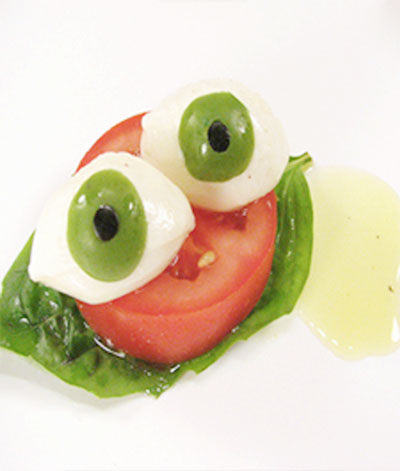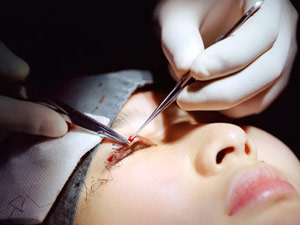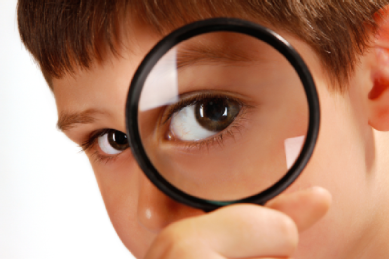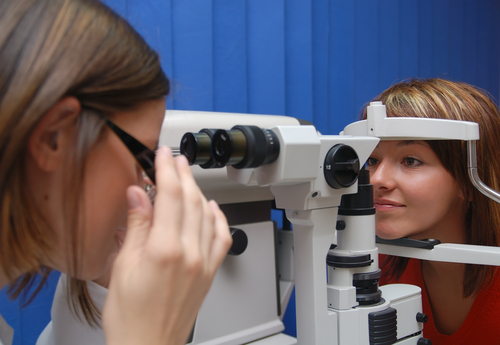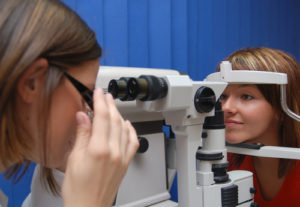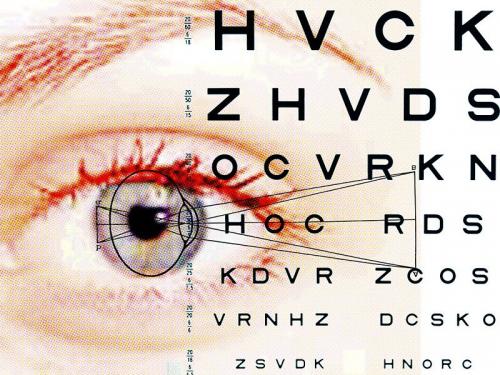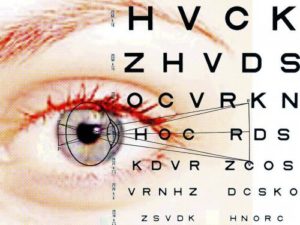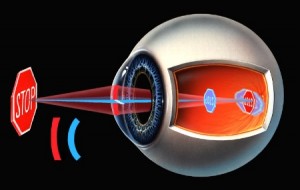It may already be too late to have a view 20/20 but it never is to keep it in good condition and avoid, as far as possible, future problems. So, we show you the best foods to have an almost perfect view.
We all know that to a large extent, our health depends on what we eat, and, of course, that look as delicate as the eye is no exception. But certain foods benefit us more than others, helping to keep eyes healthy and in good condition.
We have always heard that carrots are good for your eyes, but why? Well due to beta-carotene that helps prevent macular degeneration, a property can also be found in the cabbage and spinach, vegetables excellent for eye health.
